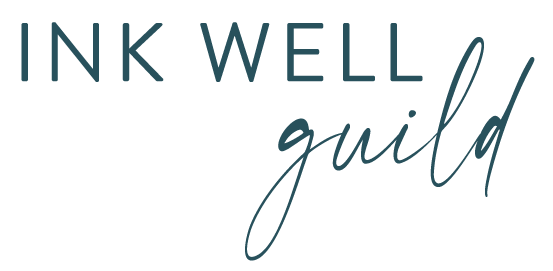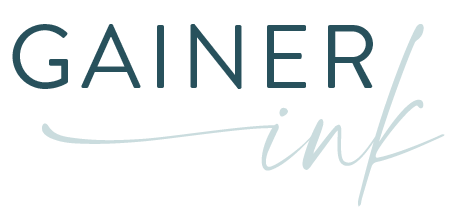Managing client expectations isn’t the most glamorous discussion to have, but when they go wrong, they go REALLY wrong! I want to help you avoid that.
I have 7 tips to share with you about managing client expectations and staying happy as a freelancer.
Once you’ve landed a client, these are things you need to do to set your business up for success. An important note: the sooner you establish these in the client relationship, the better.
1. Set boundaries around time
Just because you’re working from home doesn’t mean that you should be reachable around the clock. You still need a boundary between your work and your home life. Let your clients know when and how they can reach you. And vice versa.
I tell my clients that I’m available by email, Voxer, or on our shared Trello board. I’ll respond to messages sent on those platforms from 10 am to 4 pm Eastern Time. I then try to give same-day answers as much as I can. For some long-term, cool clients, I might respond after-hours, but it’s not guaranteed.
If you have a client who’s pushing your time boundaries, see my post Freelancer Mindset vs Employee Mindset for more guidance.
2. Define the scope up front
Get clear on the scope of what you’re being hired to do. Know what’s included and what’s not.
If you’re being hired to write blog posts, are you only writing copy for the blog posts? Or is the client expecting that you will also search for keywords, upload the posts to their site, find images to use, etc. Ensure that you’re being compensated for the work that you do.
For the blog post example, if the client wants you to upload the post to their site, you could ask the client how they’ll share their site password with you. Some clients may not have thought of that detail and then may change their mind on your responsiblities or at least realize things are a bit more involved.
3. Get clear
Ask clarifying questions and be sure that you BOTH know what you’re getting into. If revisions are expected before you submit a final product, get clear on the time schedule and the number of revisions. Let the client know that they need to be responsive to your requests for their feedback in order for you to do a revision(s) and meet the final deadline. Advise them on the number of revisions included.
4. Stay in touch and be open and transparent
This is especially important for bigger projects, such as a sales sequence, white paper, or book. You may want to have weekly check-ins or milestone check-ins. Perhaps email the client a list of questions to keep the channel of communication open.
If you know that you’re going to need longer to hit a deadline, let the client know as soon as possible. Don’t hide! They’re going to find out anyway, so being forthright is better. Own your mistake.
5. Set and meet deadlines
Set your deadlines and follow through. Not only deadlines for you to submit work to clients, but also for them to get back to you. Plan the work on your calendar and let the client know when you need feedback or information from them in order to continue with the assignment.
Internal deadlines for yourself are also key. These help you meet the external ones for your client. They can keep the big project overwhelm at bay by breaking things into smaller tasks.
6. Charge rush rates
Charging a rush fee is an important way to manage your client expectations. If a client thinks that they can just hire you to do stuff and they’ll get it in less than 48 hours, that’s not a reasonable expectation. They need to receive the option of getting it when they want to and paying a premium.
A rush fee is anywhere from 20% to 50% of the total project fee. It must be paid upfront. If they want it fast, fast, fast, they need to pay for it. If you’re able to deliver before your deadline, that’s awesome. But their expectation will be more realistic and much more reasonable.
7. Ask questions: key in managing client expectations
Ask questions. Clarifying questions, questions about them, about whether or not they’ve worked with freelancers before and what went well/didn’t go well. Ask questions about the company/business or the project you’re writing about.
Just ask lots of questions. As they answer your questions, you’ll begin to pick up on some expectations that they have that weren’t communicated.
Maybe the client didn’t even realize that they had these expectations, or they didn’t know they needed to be communicated because they’d been used to other behavior from other service providers. Questions are helpful to build rapport and get a sense of where clients are so that you can help them be in a place that is reasonable and realistic.
The goal of managing client expectations is that everyone knows what to expect and everyone is happy with it.
If you have questions about this or any other freelance writing subject, I invite you to come into my free Facebook group, The Ink Well Guild with Ashley Gainer. See you there!





